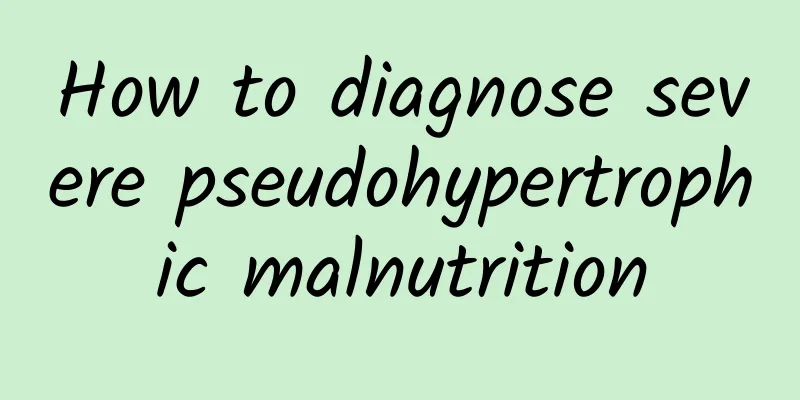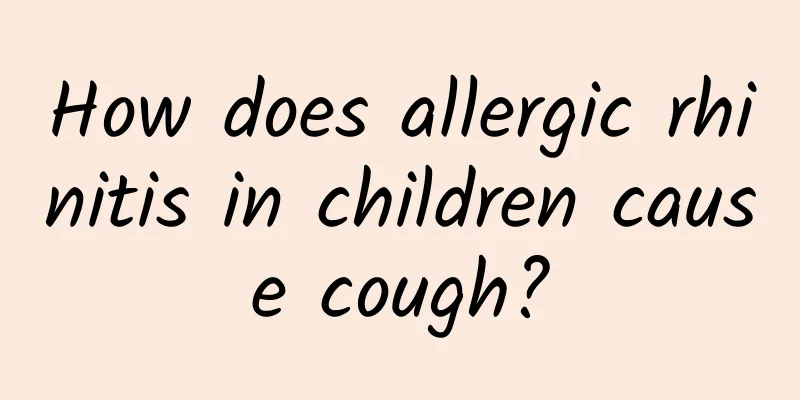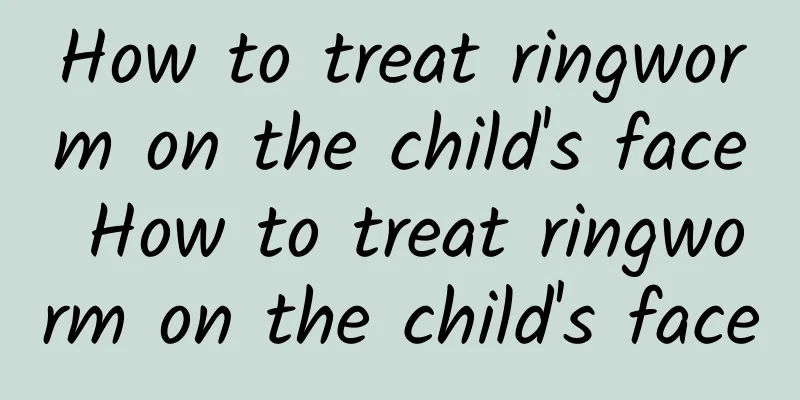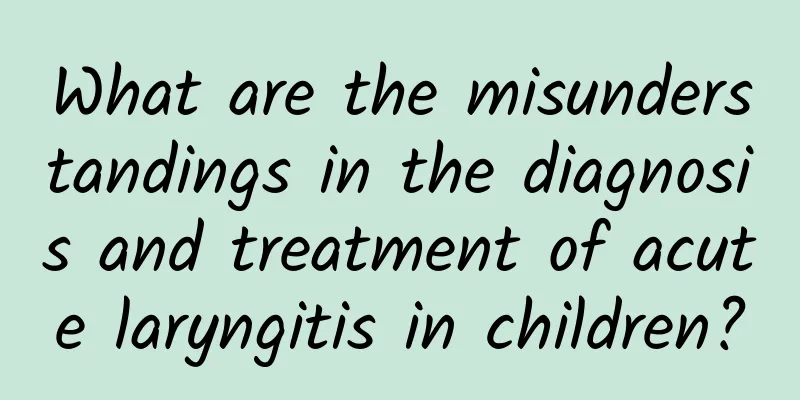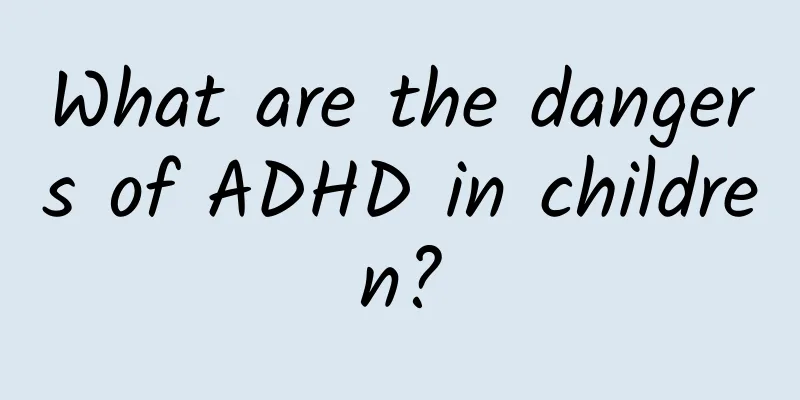Early symptoms of hand, foot and mouth disease in children
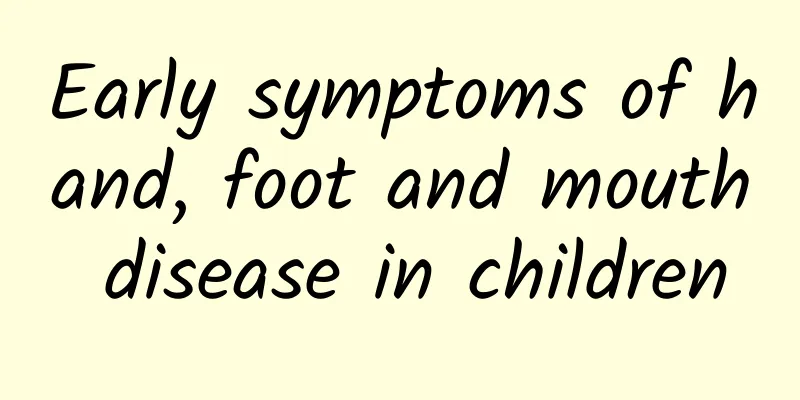
|
The earliest symptoms of hand, foot and mouth disease include fever, loss of appetite, sore throat, and small blisters or erythema on the hands, feet, and mouth. Viral infection may also cause mild cough, runny nose and other symptoms. It is recommended to seek medical attention in time and take appropriate treatment measures according to different situations. The details are as follows: 1. Fever: One of the earliest symptoms of hand, foot and mouth disease is a sudden fever, usually between 38-39 degrees Celsius. Fever is a defensive response of the body to viral infection, which indicates to parents that their children may be ill. At this time, it is necessary to pay attention to keeping the child's water intake to avoid dehydration. If the high fever persists, seek medical attention in time. 2. Loss of appetite: Viral infection can cause a child's appetite to decrease significantly. This is because the virus can cause physical discomfort and sore throat, making it difficult for children to eat. Parents can try to prepare some easily digestible liquid food for their children, such as rice soup, juice, etc., to help maintain nutritional intake. 3. Sore throat: Sore throat is another early symptom of hand, foot and mouth disease. Children may cry, have difficulty swallowing, etc. Sore throat is usually accompanied by ulcers or blisters in the mouth. Parents can give their children warm water or light salt water to relieve discomfort, but they need to be careful to avoid spicy and irritating foods. 4. Small blisters or red spots on the hands, feet, and mouth: These rashes usually appear within 1-2 days after fever, and are common on the palms, soles, inside the mouth, and buttocks. The rash usually does not itch, but it can be painful, especially the blisters in the mouth. Parents need to keep these areas clean to avoid secondary infection. 5. Other symptoms caused by the virus: Some children may also have mild cough, runny nose or headache in the early stage. These symptoms are usually mild, but if the child shows obvious discomfort, it is still necessary to see a doctor as soon as possible to prevent the condition from getting worse. Timely identification of the early symptoms of hand, foot and mouth disease and appropriate care can effectively prevent the disease from getting worse and relieve the child's pain. Caring about the health of children is an important responsibility of every parent. |
<<: Normal range of jaundice index
>>: Is jaundice measured by total bilirubin or direct bilirubin?
Recommend
Treatment of late-stage kidney disease in children
Children are the future of the country. Whether c...
Best recipes for diarrhea in children
Many children are prone to diarrhea due to poor g...
What causes congenital jaundice?
Congenital jaundice may be related to breastfeedi...
What are the external medicines for malnutrition?
Malnutrition is a big blow to a family. Many peop...
Causes of Hirschsprung's disease
Hirschsprung's disease is a congenital diseas...
Treatment of pneumonia in children in China
Neonatal pneumonia is the most common respiratory...
What to do if your child has a cough
Children's cough is a problem that many paren...
Can the diarrhea patch for babies be used?
The pediatric diarrhea patch can be used on infan...
The main symptoms of hand, foot and mouth disease
Hand, foot and mouth disease is a common childhoo...
How to treat mycoplasma pneumonia in children
Children with Mycoplasma pneumonia infection gene...
The best way to care for diarrhea in children
Many parents must be very familiar with the commo...
Is testicular pain related to mumps? Take 4 steps to take care of your mumps
The child's testicles are inexplicably painfu...
What are the hazards of neonatal jaundice? Three hazards of neonatal jaundice should be paid attention to
Neonatal jaundice is the most common disease amon...
Will children with hand, foot and mouth disease have a fever? How many days will a child with hand, foot and mouth disease have a fever?
Hand, foot and mouth disease is common in infants...
How to treat jaundice in newborn babies
Newborn jaundice is generally caused by poor bili...

